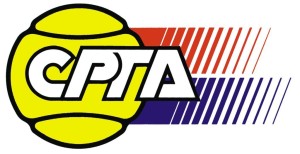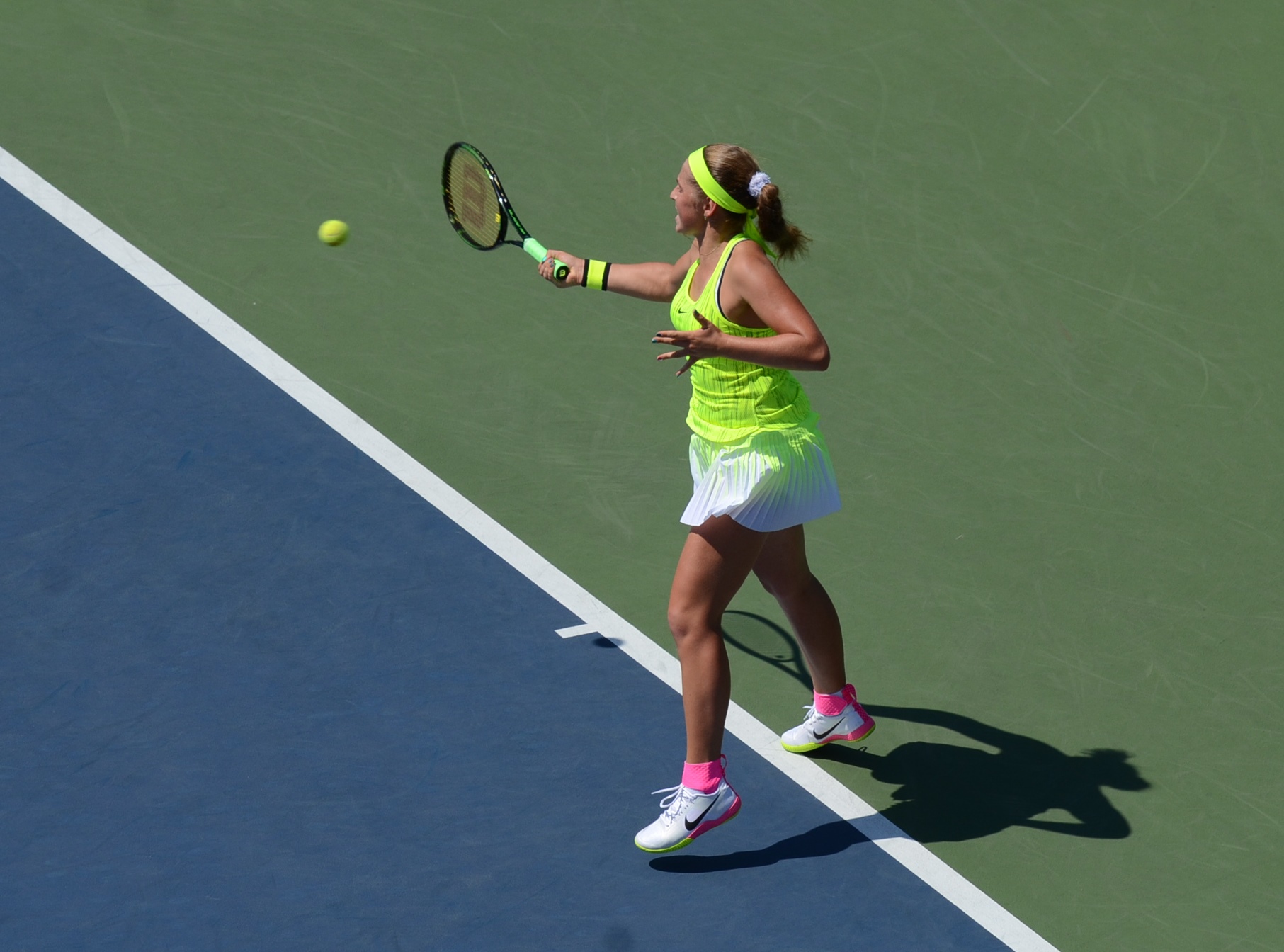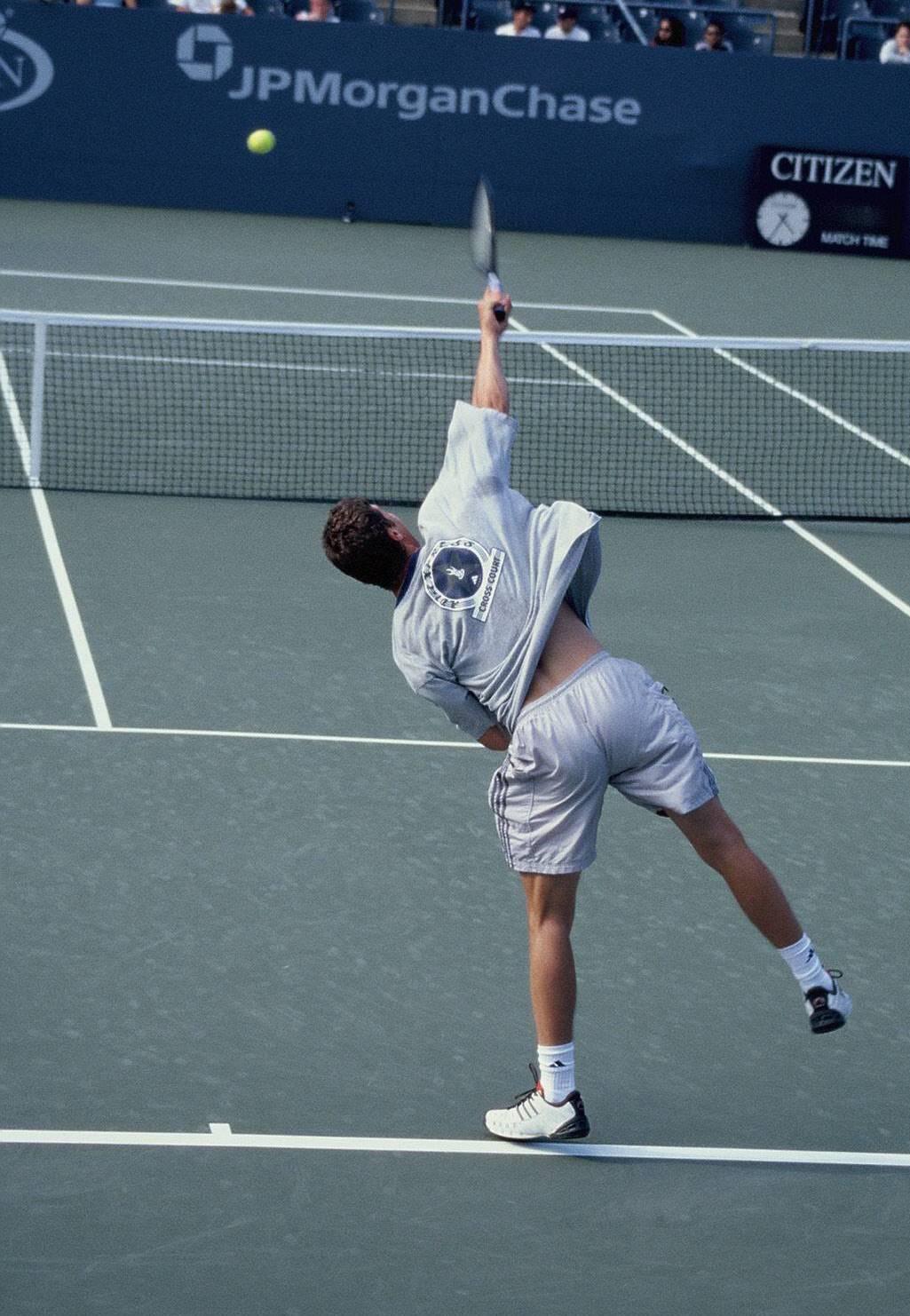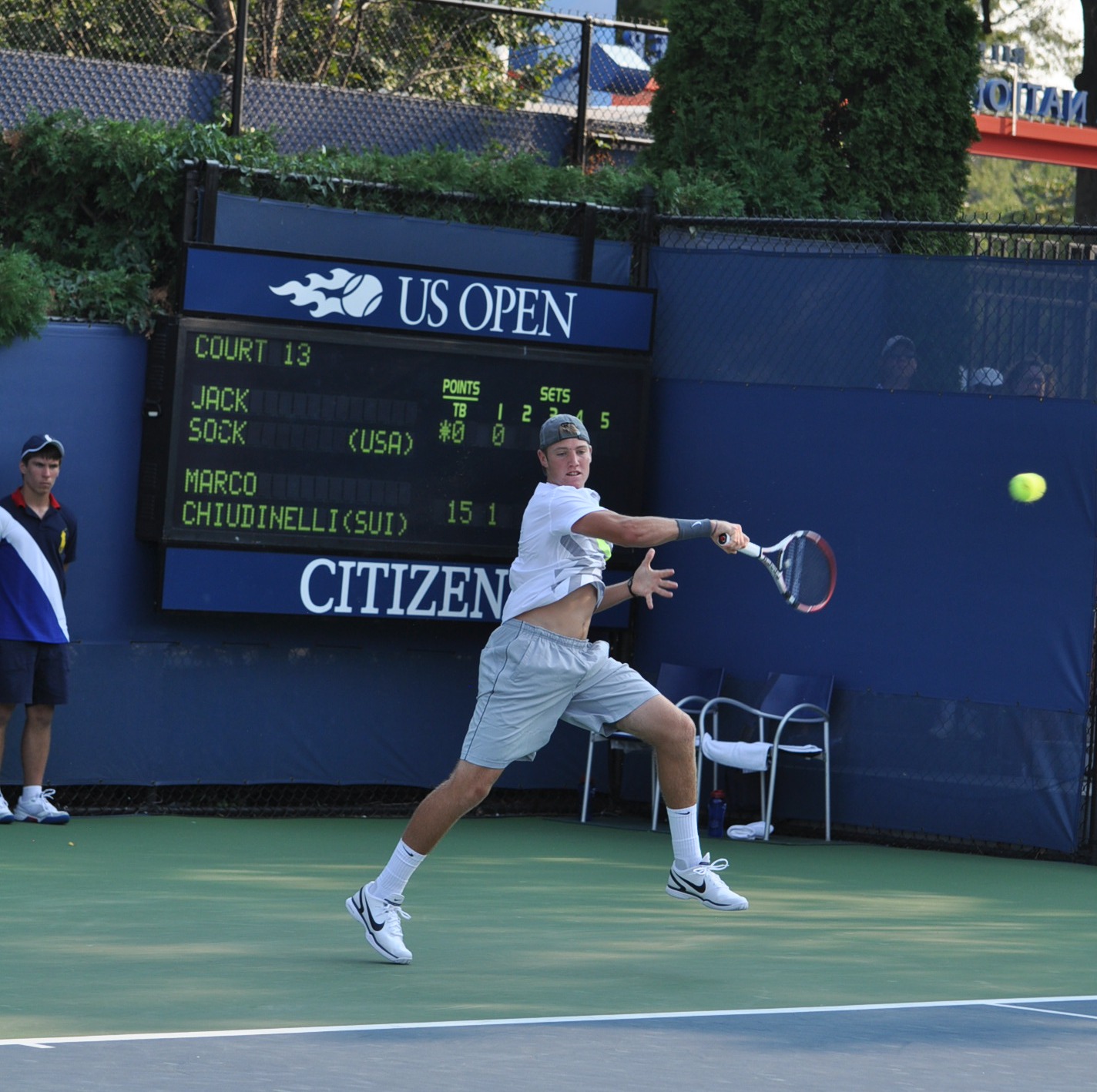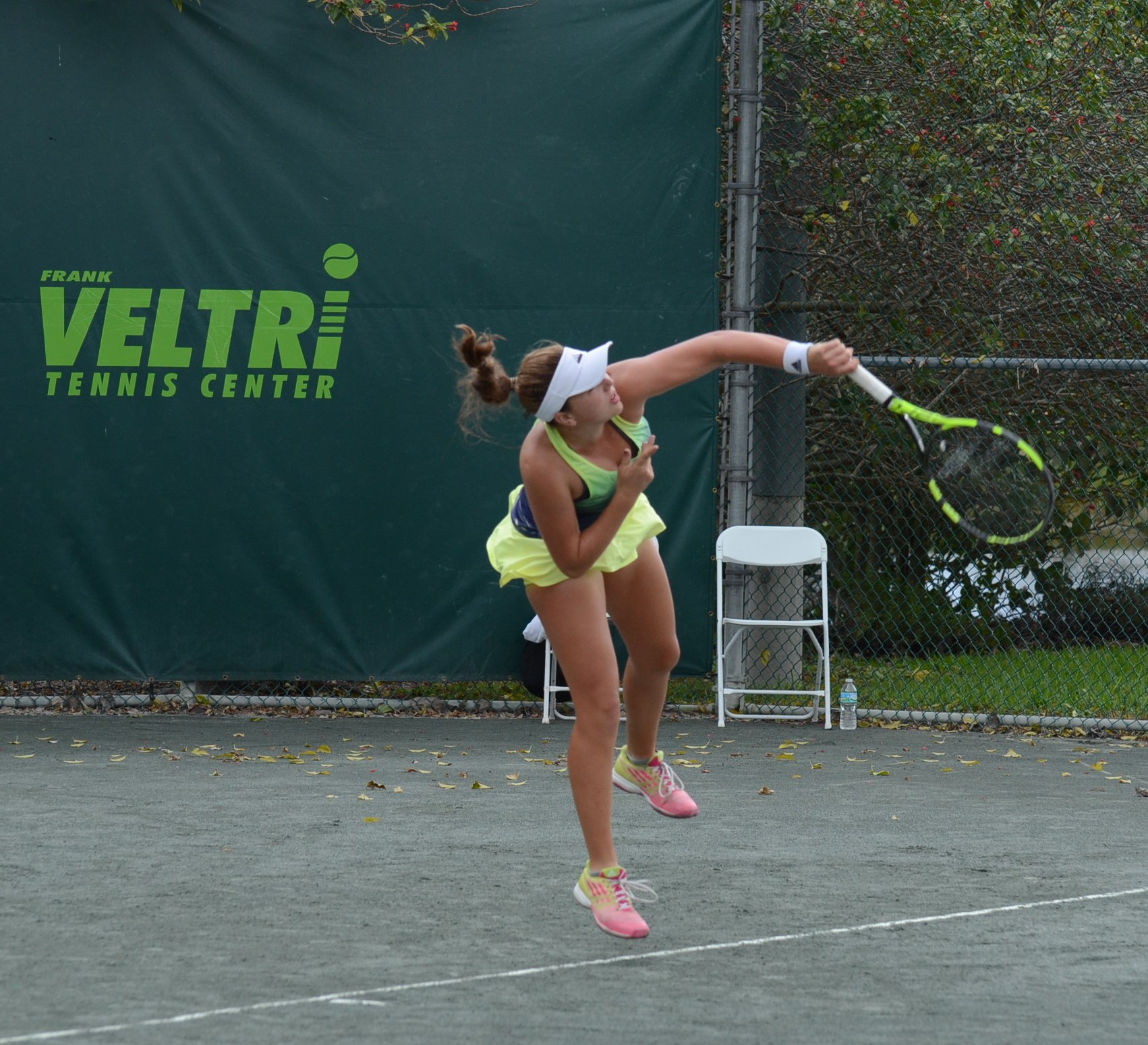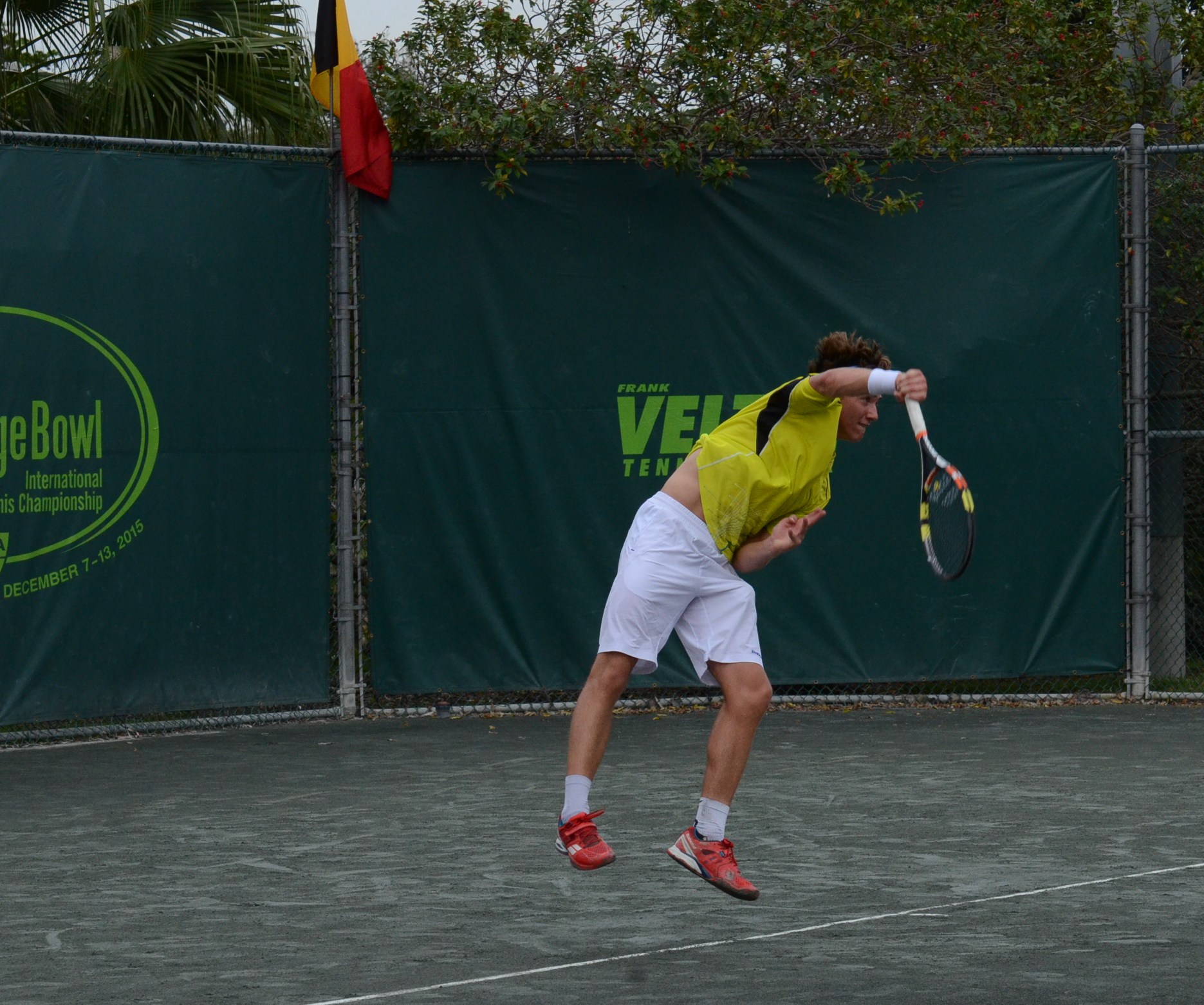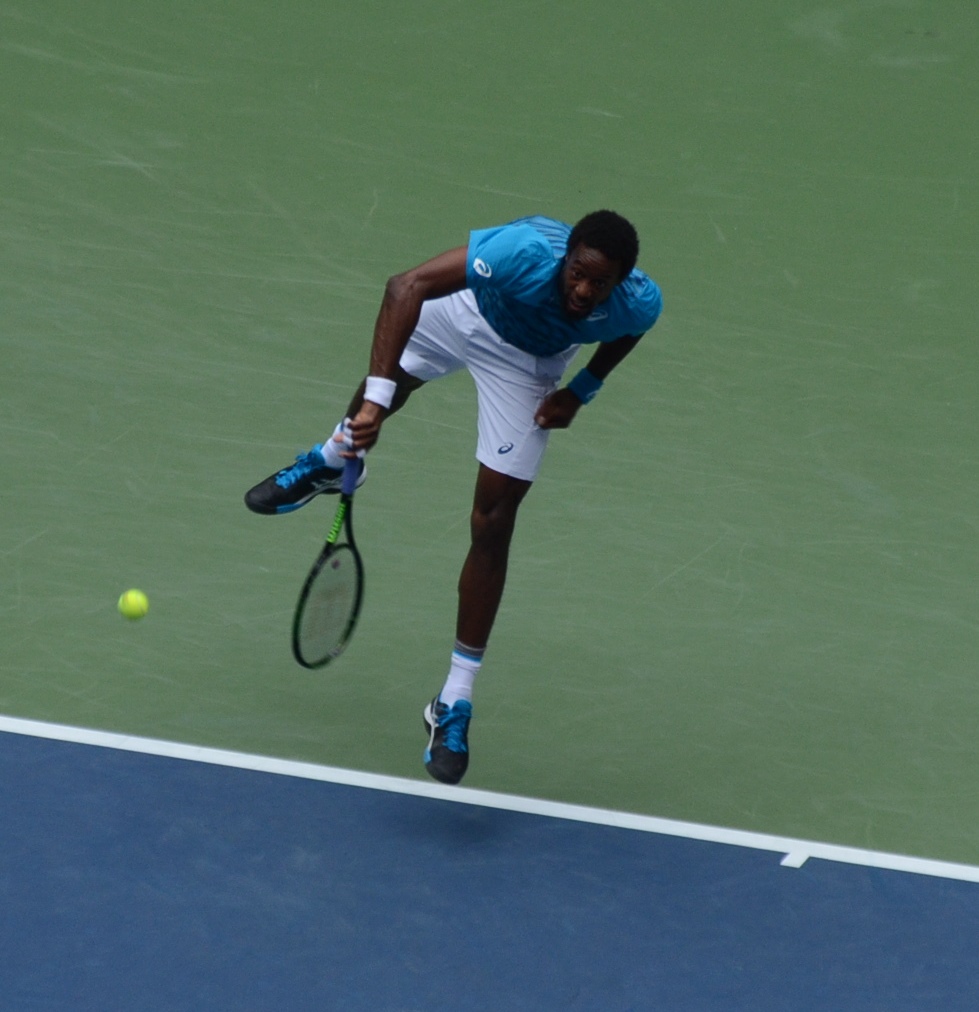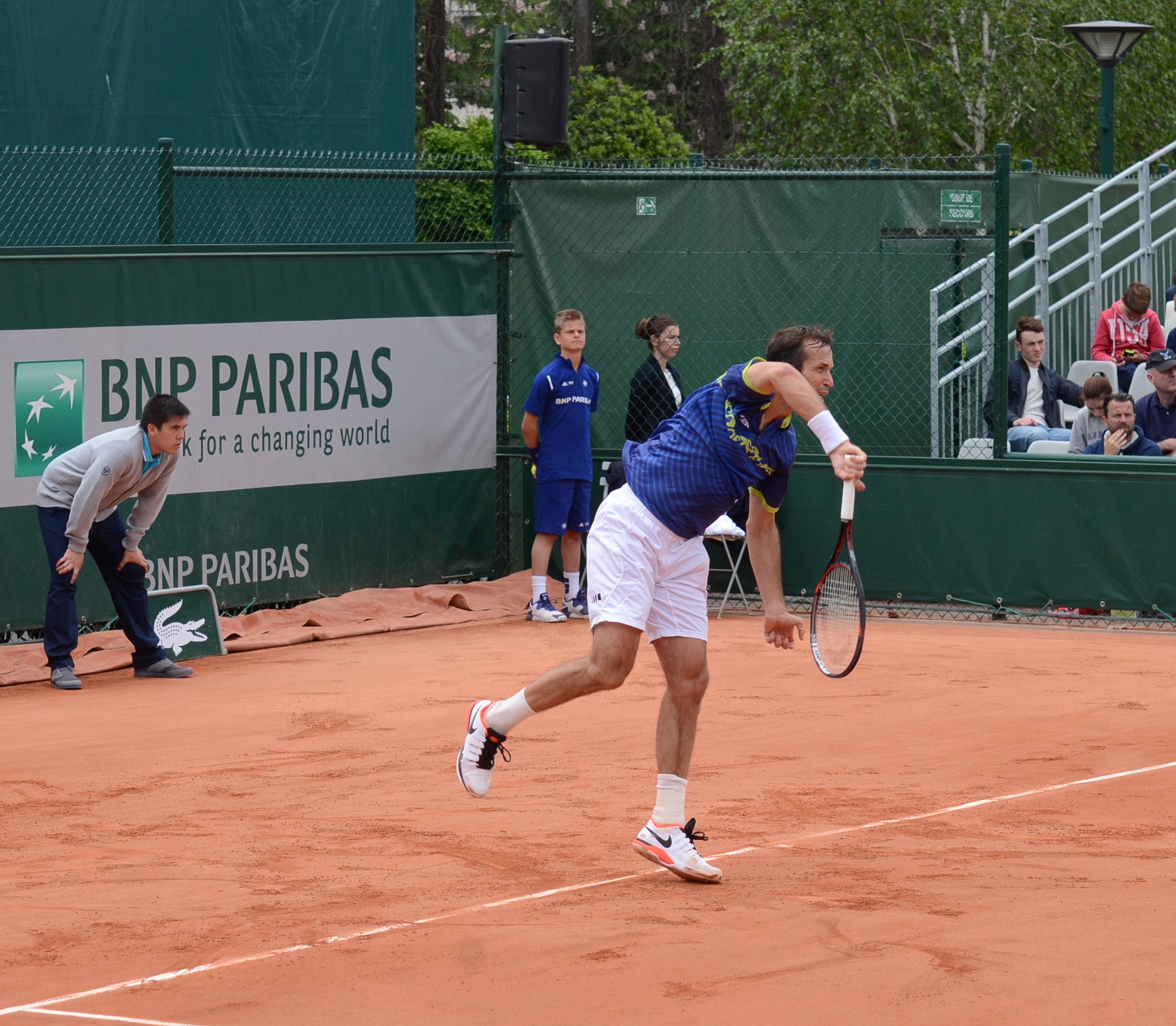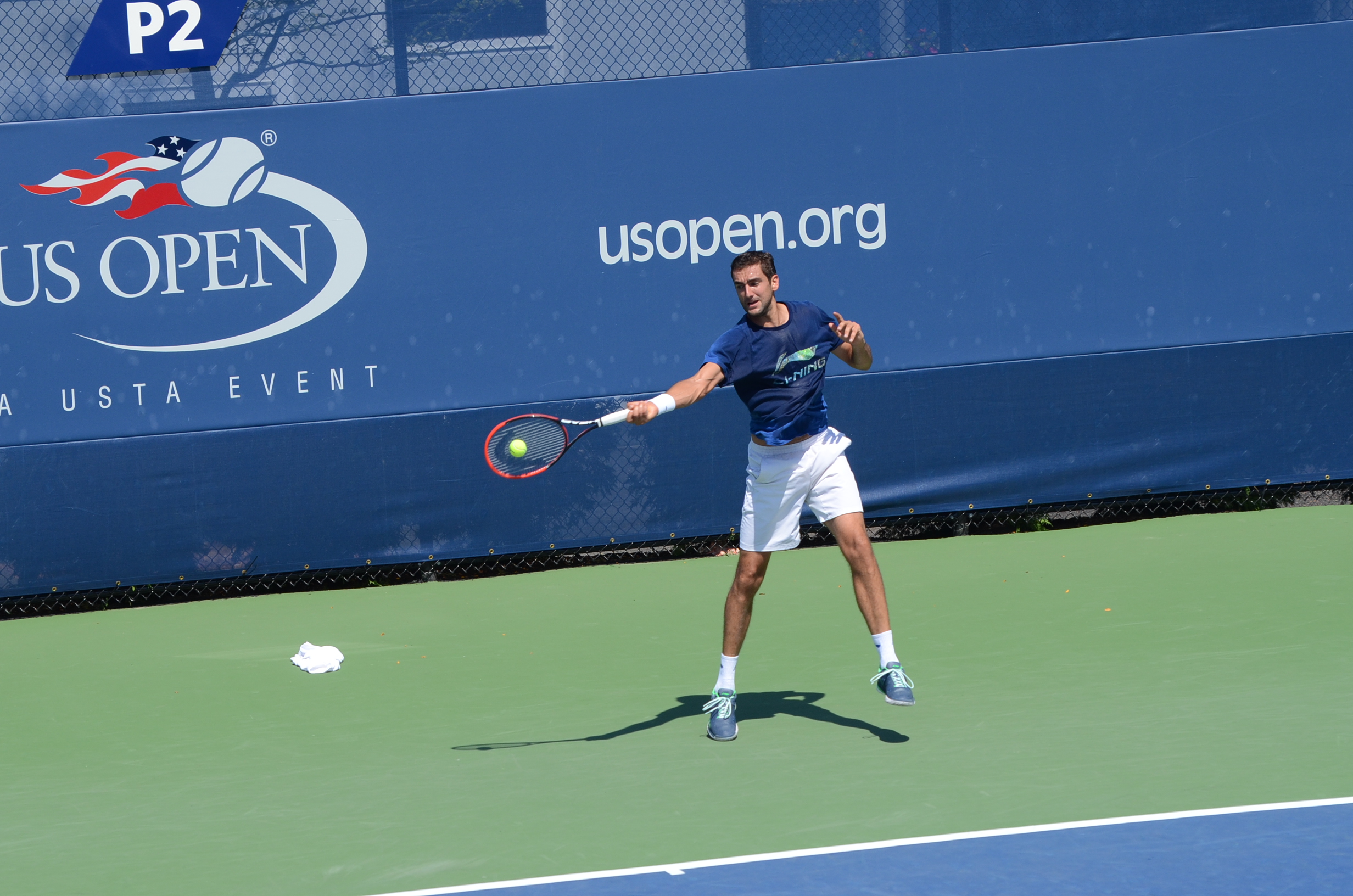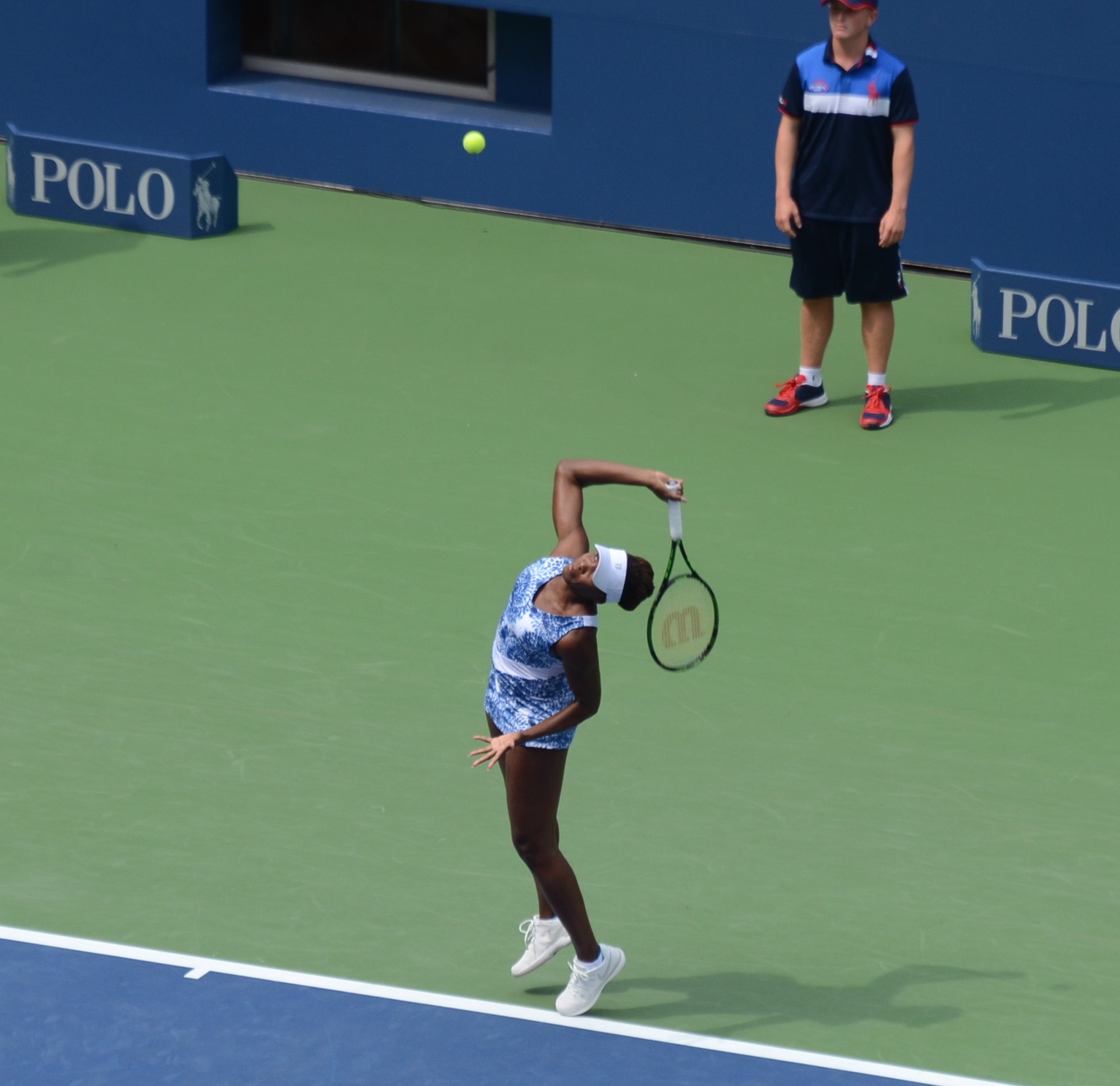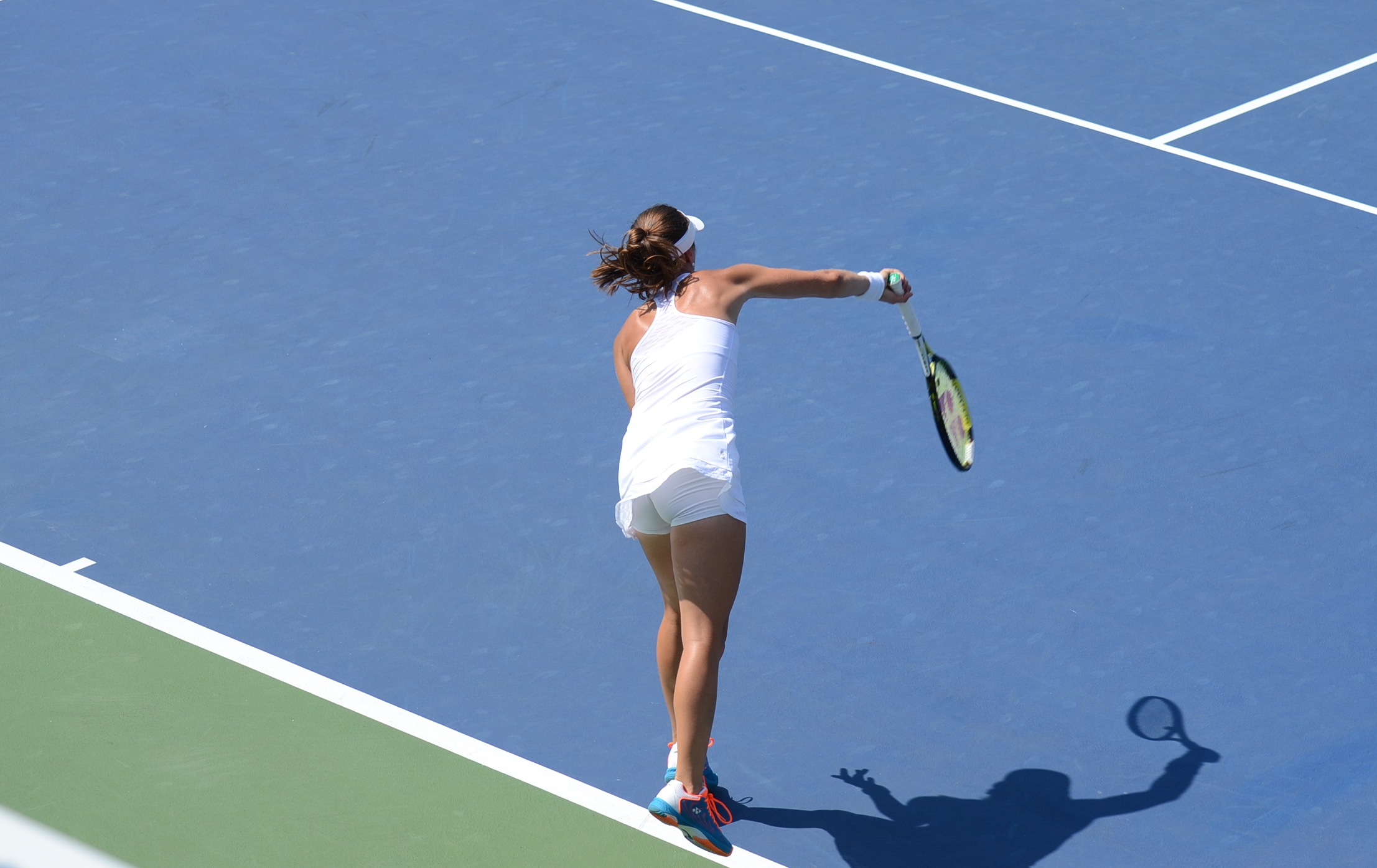
Martina Hingis – Service over the course of the time
For many years, the service could have been considered as Martina's biggest weakness, mainly due to a suboptimal form of the pronation with the elbow staying rather too low and the racket traveling rather too much on the horizontal plane after the impact. Over the course of the years, Martina was able to improve it a bit and her pronation did look much better later in her career. With the elbow.....
